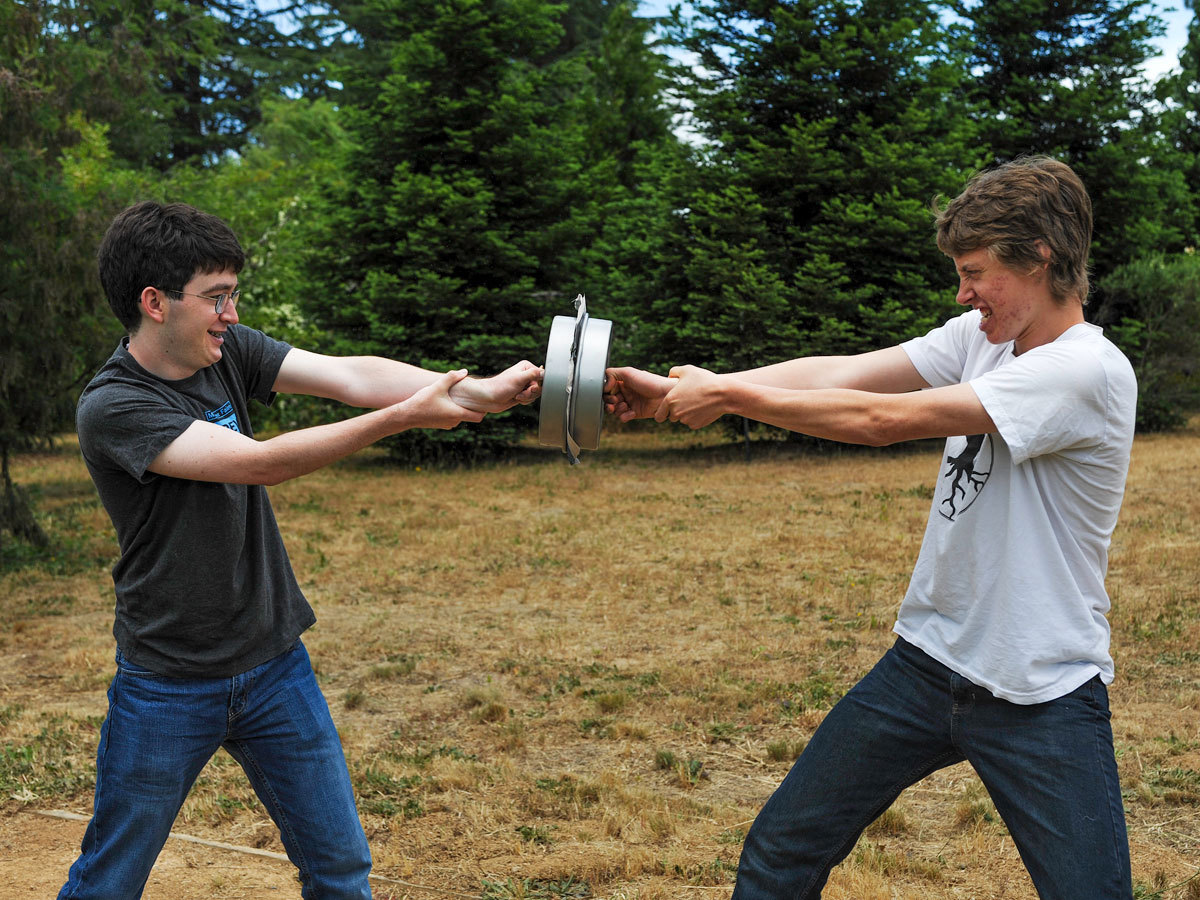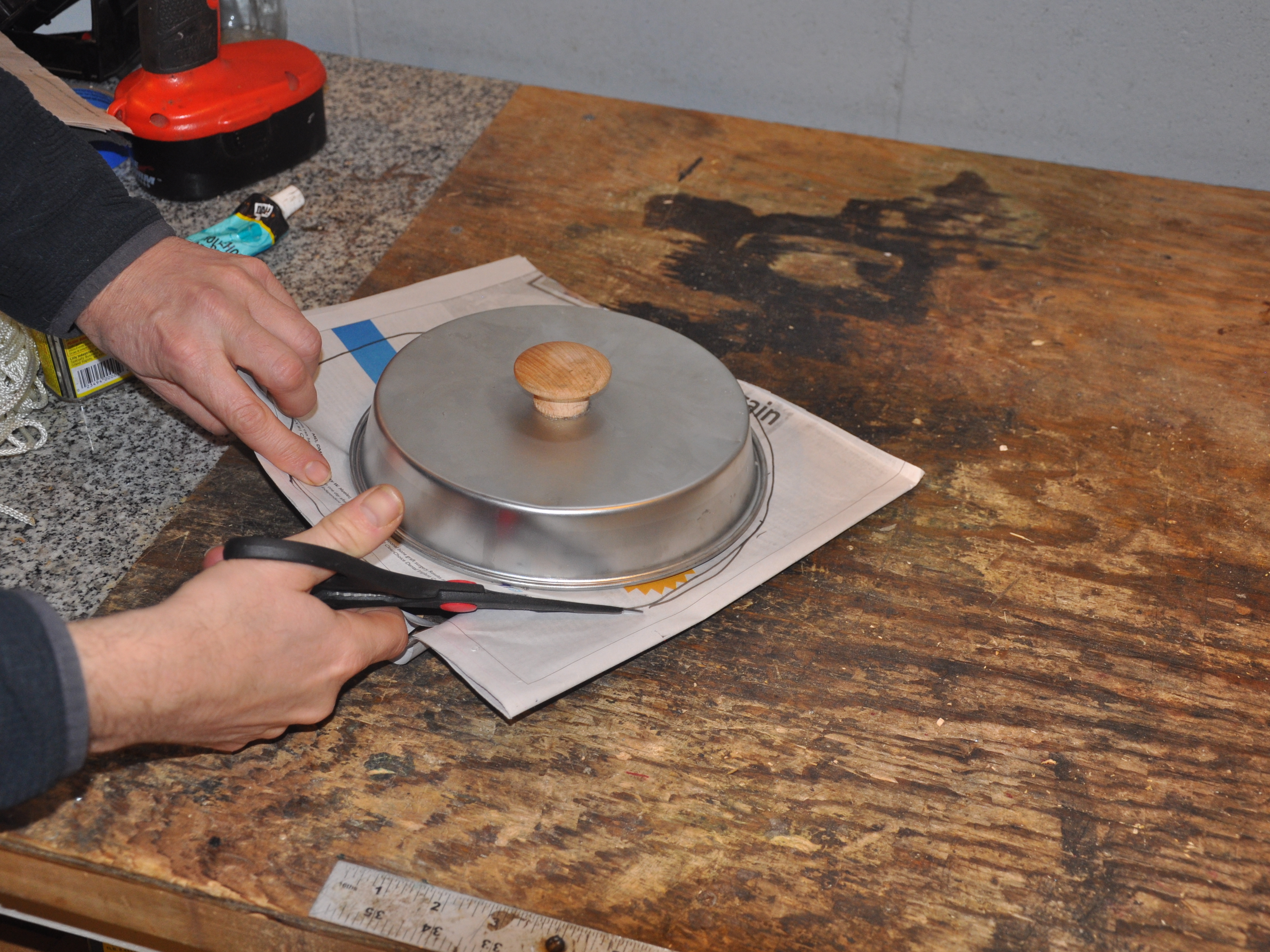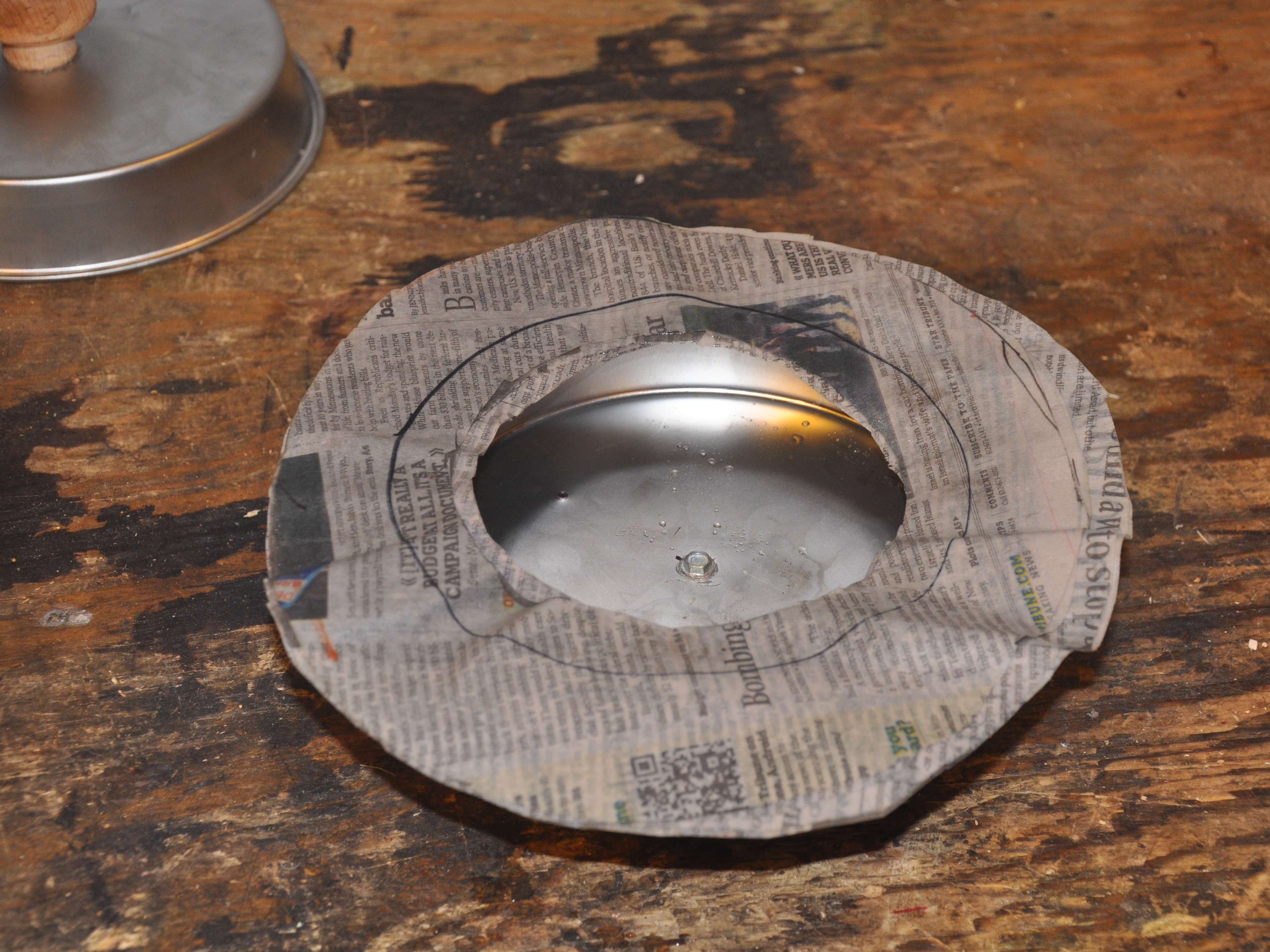In the spring of 1654, German scientist Otto von Guericke staged a dramatic demonstration of his new invention, the vacuum pump. Guericke was the mayor (Bürgermeister) of Magdeburg, and he arranged for a public demonstration in the town square. Two teams of 15 horses would try to pull apart two 20″-diameter metal hemispheres.
The hemispheres were not bolted, welded, glued, or otherwise mechanically connected to one another. Instead, the air inside the sphere had been evacuated by means of von Guericke’s new vacuum pump. Strain and pull as they might, the force of the vacuum was stronger than the 30 horses — the teams could not part the sphere.
The Magdeburg Hemispheres, as they came to be known, were a pair of large copper hemispheres with mating rims. Von Guericke applied a thick coating of grease to the rims, attached his new vacuum pump apparatus, and pumped out a good bit of the air, producing a strong vacuum inside.
How hard would those horses have to pull in order to separate the hemispheres? To figure this out, first calculate the area of a 20″-diameter circle: πr2 = π102 = 314 square inches (in2). Air pressure at sea level is about 14.7 pounds per square inch (psi, or lbf/in2). If von Guericke’s pump was capable of pulling a near-vacuum of about 1lbf/in2, then the force required to pull the halves apart is 314in2 × (14.7–1) lbf/in2 = 4,300 pounds of force.
The hemispheres could sustain a load of well over 2 tons!
It’s easy and fun to build your own Magdeburg Hemispheres, although we’ll use aluminum cake pans instead of copper hemispheres. Hooking up horses to pull the pans apart is definitely optional!















